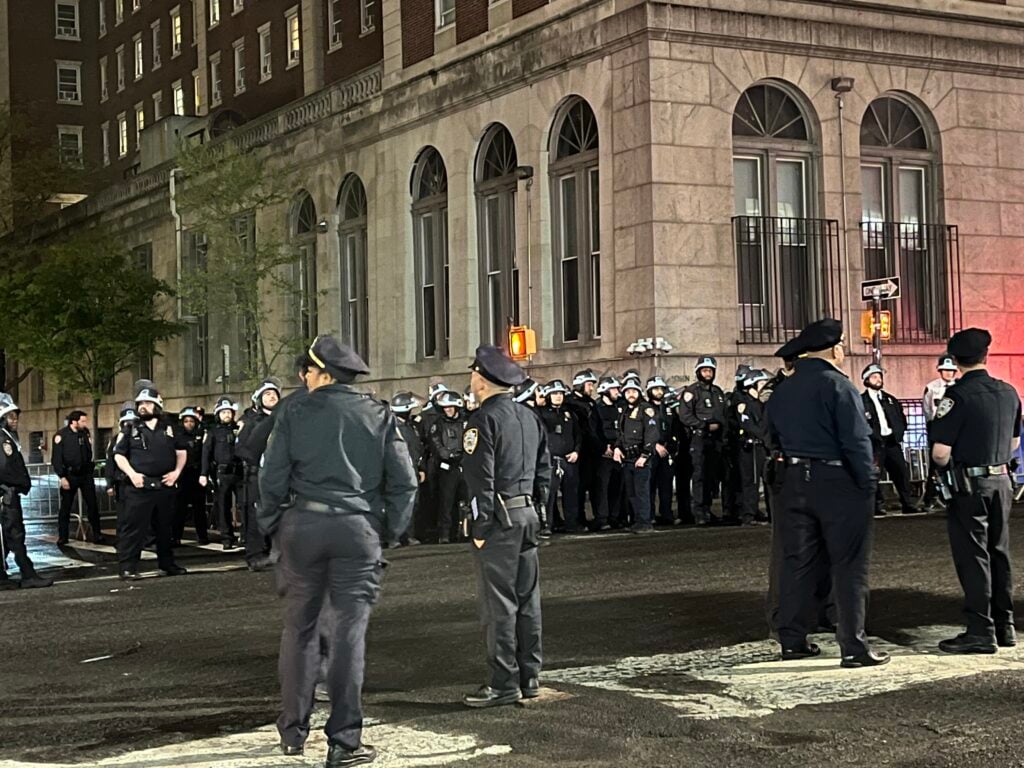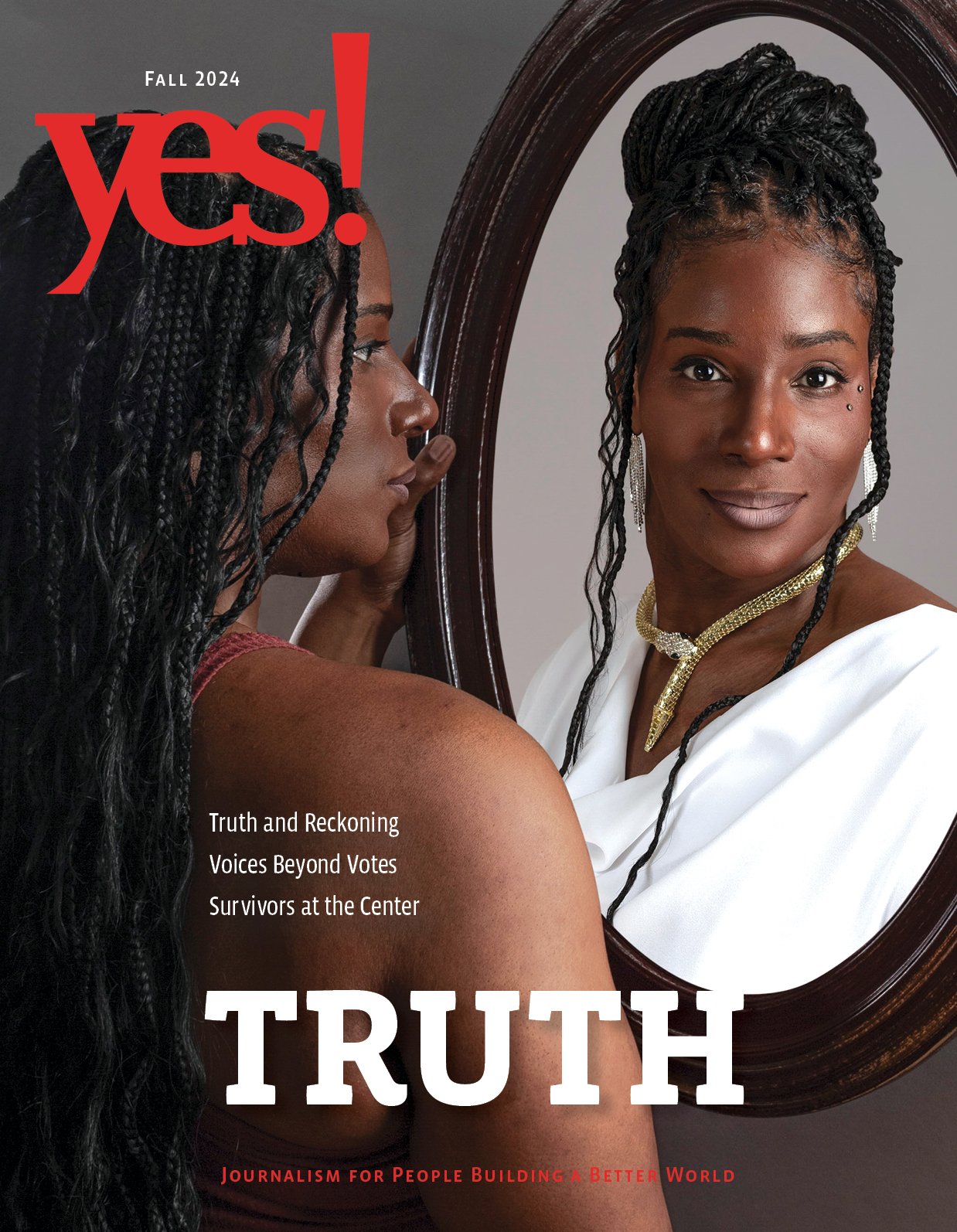Opinion Advocates for ideas and draws conclusions based on the author/producer’s interpretation of facts and data.
Applying Lessons From the Armenian Genocide to Gaza

My grandmother and her family were driven from their home in 1915 during what Armenians at the time called the Deportations and the Massacres. Later, this brutal and bloody six-year Ottoman campaign of dispossession, ethnic cleansing, and mass murder would come to be known as the Armenian genocide. Today, April 24, is commemorated annually as Armenian Genocide Remembrance Day.
My grandmother’s parents and younger sisters died on the deportation route. After that, my grandmother and her younger brother were among 8,000 Armenian orphans herded into a tent camp in the Syrian desert on the outskirts of Ras al Ain. It is estimated that 1.5 million Armenians lost their lives in this mass annihilation, and I have spent most of my career as a writer plumbing this terrible history.
Genocide is not an event, but a process. For Armenians, it is a process that never ends and one that takes on different forms, including the denial of historical reality. In 2020, a decades-long struggle with Azerbaijan over the Armenian enclave of Nagorno-Karabagh, which Armenians call Artsakh, turned into a renewed war. Azerbaijan, backed by Turkey, with the aid of Syrian mercenaries, and with drones and arms supplied by Israel, took over more than half of the territory, forcing Armenians to flee their towns and villages.
In early 2023, Azerbaijan enforced a blockade and siege on the remaining area, and then in September of that year launched another military campaign to complete the job. On Sept. 19, 2023, aerial photographs of the more than 100,000 Armenians fleeing Artsakh in a snaking convoy of cars resembled the deportation caravans of my grandmother’s childhood more than a century earlier.
I watched the ethnic cleansing of Artsakh unfold on social media from afar, as I was on a trip to Greece at the time. I flew home to New York City on Oct. 7, 2023, and when I opened my smartphone upon landing, I saw the news of the Hamas incursion into southern Israel. Before being able to fully register that violence, I understood immediately that Israel’s response would be cataclysmic.
As the descendant of Armenian genocide survivors, I was sickened to witness the same despisal and dehumanization that my people have faced—this time being meted out to Palestinians in Gaza. Israeli officialdom boldly announced its genocidal intent, and we were told not to believe what they were saying or what we were witnessing in real time. All our institutions in the U.S. as well as in Europe—the government, the media, arts organizations, and the academy—with few exceptions, were colluding with and covering for what was recognizable as a genocide.

My spouse teaches at Columbia University, so we have been more than spectators to the drama that has been occurring there for the past year. On April 17, 2024, students set up a Gaza solidarity encampment in one of the fenced fields on the campus. On the same day, the university president, who is a literal baroness, testified before Congressional inquisitors. She boasted of having called the NYPD onto the campus to deal with student protesters for the first time in 50 years, and she touted the fact that she had suspended the Columbia chapters of Students for Justice in Palestine and Jewish Voice for Peace.
The next night there was a phalanx of cops just outside the campus gates on Broadway, the university’s western bounds, who looked ready for battle. The mood was ugly. It reminded me of when I was a student at Columbia during the height of the anti-apartheid movement. In 1985 we padlocked the front entrance to Hamilton Hall and renamed it Mandela Hall. At that time, we were able to negotiate an end to the blockade without police involvement, and Columbia divested from South Africa six months later.

On April 18, the students at the encampment called for faculty and community members to come to the campus to forestall police action against them. I was on the quad with close to 1,000 others ringing the fenced field when the first round of arrests happened. The police bus drove off with the arrestees, and I watched as more students established a second encampment after just having seen their handcuffed comrades marched away.
During the night of April 30, hundreds of riot police, most of them from a unit notorious for its violence, wearing body armor, carrying nightsticks and zip ties, filed through Columbia’s gates. Hundreds of other cops flooded the streets surrounding the campus. The neighborhood was turned into a closed military zone.
My spouse and I beheld a dystopian scene where hundreds of young people were brutalized and arrested because they refused to remain silent and complacent in the face of genocide. We watched from Amsterdam Avenue, the university’s eastern bounds, as police used a “tactical vehicle” to enter an upper-story window of the student-occupied Hind’s Hall—the same building we had once christened Mandela Hall, renamed by organizers in 2024 to honor Hind Rajab, a 6-year-old Palestinian girl killed in Gaza by Israeli military.
While media accounts of the encampment tended to focus on conflict and controversy, most of what I saw firsthand was a principled group of students who had come together to fight against their generation’s Vietnam War. In the process, these students had organized themselves to provide safety, food, and alternative education for their community. I witnessed a profound and moving demonstration of solidarity during the encampment that will stay with me for the rest of my life.

During the encampment there were nightly teach-ins, and I saw that Columbia Armenian Students for Palestine were on the roster to speak on the evening of April 24, Armenian Genocide Remembrance Day. In the middle of the encampment, with an attentive audience encircling them, Armenian students talked about the connections between the Armenian genocide, the ethnic cleansing of Artsakh, and the slaughter in Gaza. They talked about the arms that Israel provides Azerbaijan, the natural gas that Azerbaijan provides Israel, and the pan-Turkic alliance that wants to erase Armenia from the map.
These young Armenians provided a lesson in history and solidarity, and the other students listened intently to their words. This was the People’s University for Palestine, and for a brief moment one year ago, before the dragnet that is now hunting down and kidnapping many of those students, history was both being learned and made.

|
Nancy Kricorian
is the author of four novels focused on post-genocide Armenian diaspora experience. Her most recent book, The Burning Heart of the World, is about Armenians in Beirut during the Lebanese Civil War. She lives in New York.
|







